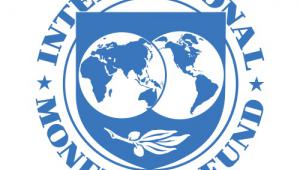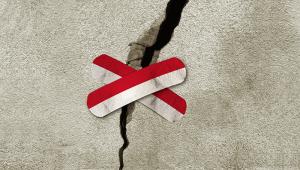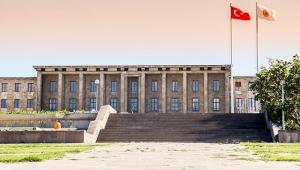By Daisuke Nakayama | 14 March 2012
A year after a massive earthquake and tsunami devastated the northeast region of Japan, the process of rebuilding is well under way. Daisuke Nakayama says that infrastructure development characterised by swift and appropriate cooperation between public and private holds the key to sustainable recovery
4:45, 11 March 2011.
The northeast Japanese region of Tōhoku is thriving. Its 15 ports hum with activity as local fishing vessels return their catch and put out to sea. It is situation normal at the local Fukushima I, Fukushima II, Onagawa Nuclear Plant and Tōkai nuclear stations as they deploy cutting edge technology to provide power to millions. Cellular and landline phone services crackle with communications as hundreds of thousands of citizens go about their daily lives. Just one minute later, everything changed. Forever.
The earthquake that struck was Japan’s most powerful since records began. The 8.9-magnitude tremor, which occurred about 400km (250 miles) northeast of Tokyo, then caused a massive tsunami which, in its ferocity, laid waste to cars, ships and buildings in its path. The lives of 16,000 people have been lost and 5,000 people are still missing. About 92,000 people have been unable to return to their own houses and are living in temporary shelters. The intermingled damage of the earthquake, the tsunami and the breakdowns of the nuclear power plants proved utterly devastating. With no area of Japan unaffected, it has been easily the worst crisis facing the country since World War Two.
Recognizing the gravity of the situation, the Japanese Government has been devoting as many resources as possible to the recovery in order to resolve shattered livelihoods in the affected areas, as well as the Japanese economy as a whole. Specifically, these efforts include the reconstruction of road and port infrastructure, restoration of schools and public halls, support for affected people who have been deprived of their houses or jobs, restarting health and welfare services and re-establishing social and economic activities.
Successful implementation of these efforts requires full cooperation and effective coordination among central and local government, as well as a wide range of stakeholders in the private and voluntary sectors. The Reconstruction Agency was established on 10 February 2012 to respond to this need by developing basic strategies that enable appropriate coordination among relevant policies.
Although at least ¥23t over 10 years from national and local budgets is estimated to be required for rebuilding efforts, the only resource currently available is the newly created reconstruction bond, the minimum purchase requirement of which is ¥10,000 (US$129). Anyone who buys ¥10m worth, or US$129,000 at present exchange rates, will also receive a gold coin weighing half a troy ounce. At current bullion values the coin is worth roughly six times the conventional interest payment. In order to increase the availability of other funding tools for reconstruction work, private capital-based funds, public-private partnerships (PPPs) and private finance initiatives (PFIs) are now coming to the fore. Voluntary contributions from private and public sectors for educational support are also being encouraged.
One of the major efforts is the privatization of Sendai Airport, which was badly affected by the disaster. Under the proposal, the Government would retain ownership of the land and buildings, while private firms would oversee the runways, terminal facilities and parking areas. The expectation is that such a shift would make the airport more efficient, competitive, and attractive to airlines. This, in turn, would lead to increased investment, jobs and economic growth.
Although the scheduled date for completion of the transfer is not until 2014, the necessary investments from private companies and financial institutions are already being formulated. To this end, in December 2011 a total of 41 organizations — including major construction companies, financial institutions, trading companies such as Mitsubishi and Sumitomo Corporations, and the local chamber of commerce — attended the first of what will be many planning meetings for this project.
Since this project is likely to be a pilot infrastructure PPP project, and key to PPP market development in Japan, the Government is taking an active role in the process. This is little surprise as the sustainable development of the region very much depends on the successful completion of such projects. The journey back to prosperity is far from complete — in fact it’s only just started — but these ideas and projects demonstrate to Japan and the world that there is light at the end of the tunnel. It’s time to get to work.
Daisuke Nakayama is a senior consultant in Ernst & Young’s Infrastructure PPP Advisory Group in Japan.
This article first appeared in the March 2012 edition of Citizen Today













